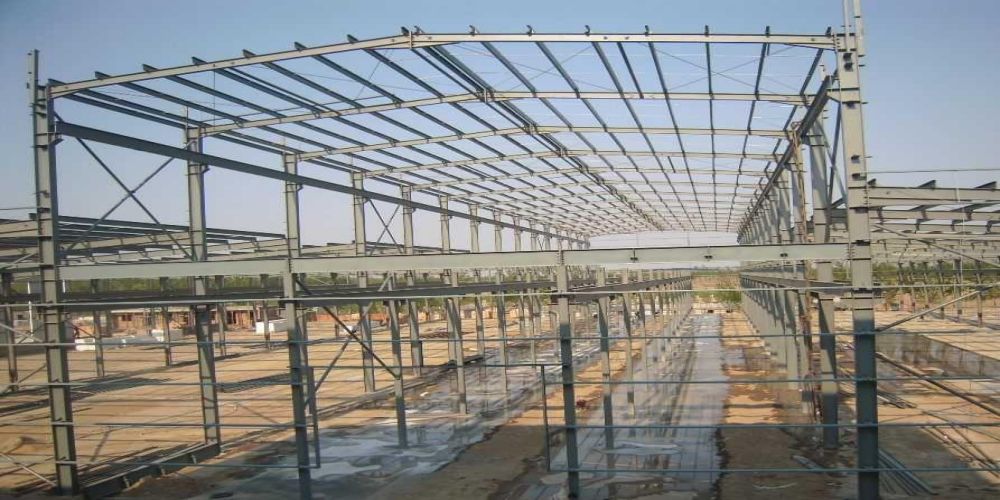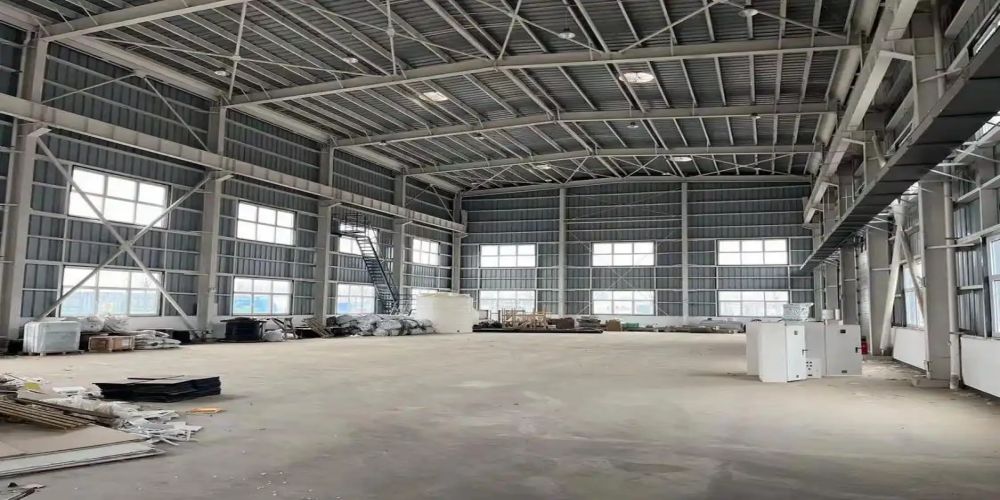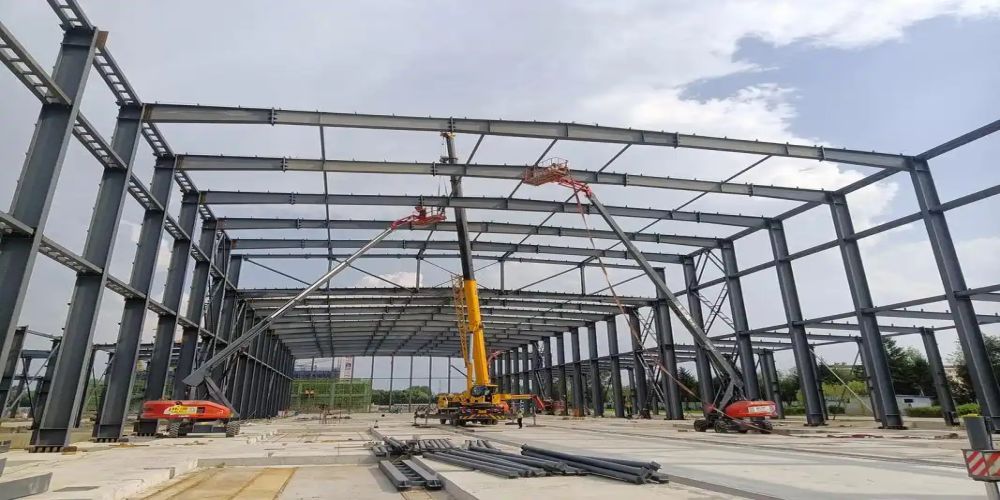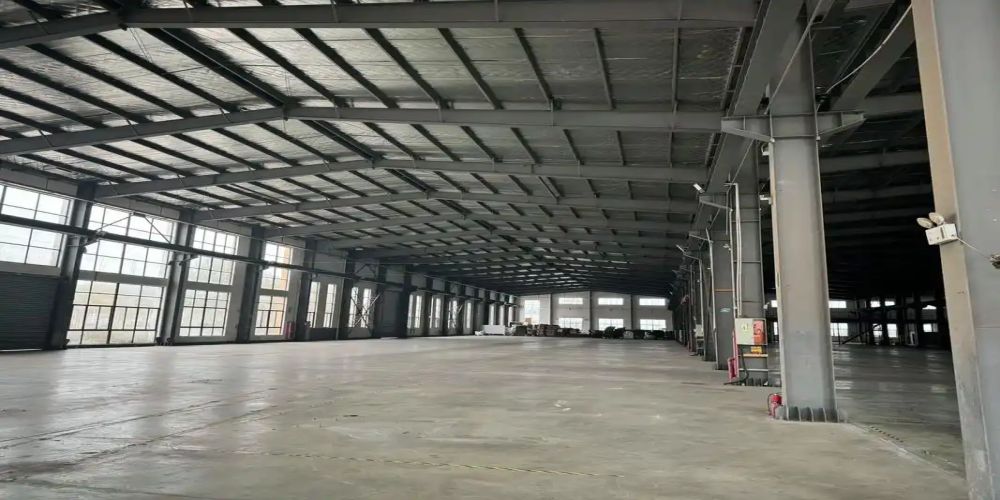Axial compression member bending and buckling using small and large deflection theory, I want to know what is the difference between small deflection and small deformation theory?
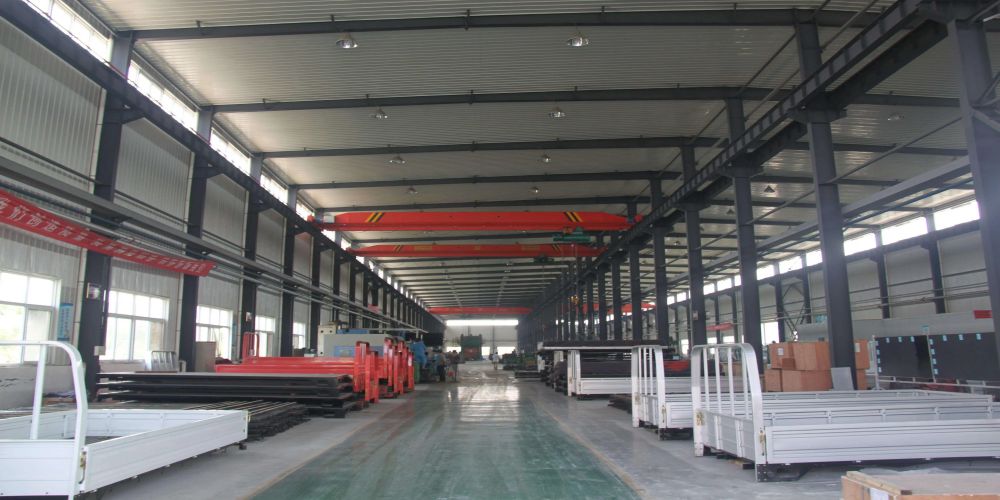
The theory of small deformations means that the change in geometry after deformation of the structure can be disregarded and the internal forces are still calculated according to the dimensions before deformation!Deformation here includes all deformations: tension, compression, bending, shear, torsion and their combinations.Small deflection theory that the displacement is very small, belongs to the geometric linear problem, can be approximated by a deflection curve equation to establish the energy and derive the stability coefficient, the deformation curvature can be approximated by y “= 1 / p instead!The substitution of y” for curvature is used to analyse the theory of small deflections in elastic rods.This is not the case in rigid rods with springs.Also, analysing with large deflection theory doesn’t mean that after buckling, the load can still increase, for example, a cylindrical shell under pressure can only remain stable at lower loads after buckling.Simply put, small deflection theory can only get the critical load, it can’t determine stability at the critical load or after buckling.The large deflection theory can be solved for post-buckling performance.

